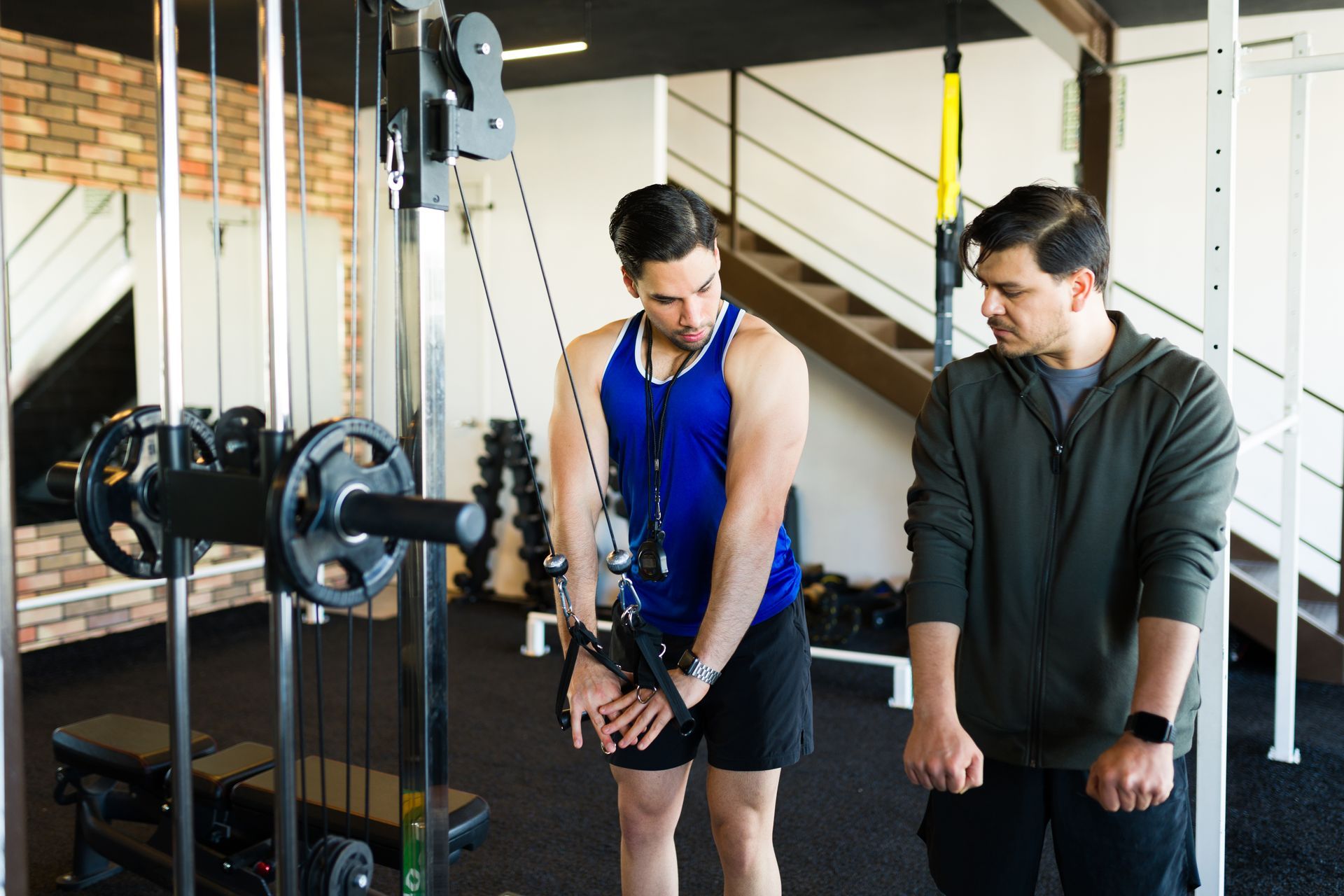June 24, 2022
Exercising While Pregnant
Exercising While Pregnant: Make It Easier for The Both of You
Even though my mothers’ generation wasn’t encouraged to exercise during pregnancy, we are now 100% sure that physical exercise will help you with your delivery. Some women still might fear working out while pregnant, but I will try to convince you to leave your fears behind and do what's best for you and the baby. It might feel like the perfect time to relax, but that couldn't be further from reality.
The Benefits
If we meet the guidelines thought of by the leading organizations and experts, you will definitely enjoy some significant benefits in delivering your newborn.
One of the major benefits you might experience is shortened labor. One recent study by Ruben Barakat and his associates showed that women who did moderate exercise 3 times a week had shortened labor for up to 50 minutes! They also concluded that the group of women that exercised didn't need as much epidural compared to the group that wasn't exercising.
Gestational diabetes is a type of diabetes developed during pregnancy in women who don't already have diabetes. Somewhere from 2% to 10% of all US pregnancies are affected by it. Working out is a crucial tool in lowering the risk of developing it. This type of diabetes can lead to your baby being too large, having low blood sugar, being born early, and having a greater risk of developing type 2 diabetes later in life.
Women who exercised during pregnancy also had a lower risk of delivering macrosomic babies, which stands for bigger babies. Having a heavier baby can cause complications during delivery, which we all want to avoid.
It will also help you not gain excess weight, which can also lead to complications down the line.
Just like working out while not carrying, it will increase your mood, lower your blood pressure, and improve stamina.
How To Exercise?
Women that didn’t exercise before getting pregnant should take it easy. Low-intensity cardio and resistance training seem to be the way to go for them because that will probably be enough of a stimulus to get some benefits.
On the other hand, the more well-trained individuals and those used to lifting can go a bit harder in the gym.
According to the Canadian guidelines for exercise and pregnancy, these are the guidelines when it comes to intensity:
· Women under the age of 29:
Light intensity: 102-124 BPM
Moderate intensity: 125-146 BPM
High intensity: 147-169 BPM
· Women over the age of 30:
Light intensity: 101-120 BPM
Moderate intensity: 121-141 BPM
High intensity: 142-162 BPM
They say you should get at least 150 minutes of moderate-intensity physical activity per week.
You should avoid doing heavy core workouts as they may lead to diastasis. Exercises that stretch your abs aren’t a good idea during pregnancy.
When lifting weight, you should stick to somewhere around 70% of your 1RM and less. Your joints will be a bit looser than usual during pregnancy, and you’ll need to brace your core tightly for exercises that exceed that intensity, so it’s for the best not to go overboard. Instead, keep it a bit lighter, and you can go for higher reps.
Try doing your workouts after a meal to avoid low blood sugar during the training session.
The Canadian guideline also suggests you should do Kegel exercises daily. They will strengthen your pelvic floor, which can prevent urinary incontinence.
A Trimester-by-Trimester Guide for Working Out
Major modifications during the first trimester of your pregnancy usually aren't needed. You should try your best to avoid overheating and exercises like Olympic lifts and jumps.
During the second and third trimesters, you may want to avoid overhead movements. Ditch the overhead press for lateral raises and the lat pulldown for some variation of a row.
For years, it was recommended that it would be best to stay away from exercises where you’re laying on your back during these later stages of pregnancy. The thought being that it could obstruct uterus blood flow. In recent years, this has been contested.
In that last trimester, you may also want to avoid exercises like the deadlifts, bent-over row, and rows where you’re supported by your stomach because of the pressure that they create on your stomach.
Important Safety Precautions
It's crucial to avoid overheating during exercise, especially when the humidity is also high. So drink plenty of water and wear loose-fitting clothes.
Training at altitudes higher than 2500 meters should also be avoided.
Unless told differently by your doctor, you should avoid exercise altogether if you suffer from the following:
· Severe anemia
· Placenta previa after 26 weeks of gestation
· Preeclampsia
· Premature membrane rupture
· Cervical problems
· Heart or lung disease
· Extreme obesity
· Premature labor during the current pregnancy
· Persistent bleeding during the second and third semester
· Pregnancy at risk of preterm labor
· Poorly controlled hyperthyroidism





